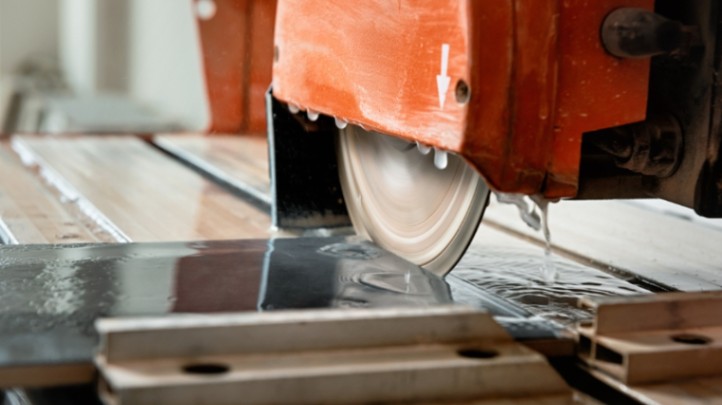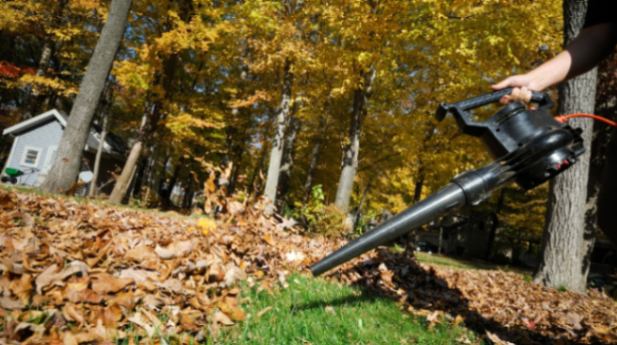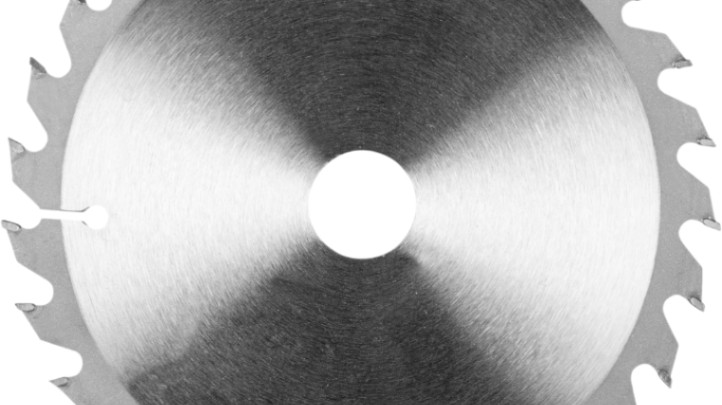If you use safety straps, then it’s essential to keep them in good condition to ensure your safety. Like any other gear, safety straps require regular maintenance to work correctly. Neglecting them can cause them to fail when you need them the most, which could result in injuries or worse. In this article, we will discuss some safety strap maintenance tips and tricks that you can use to keep your safety straps in excellent condition.
Why is safety strap maintenance essential?
Safety straps keep you safe during dangerous activities like rock climbing, skydiving, or construction work. They are responsible for holding your weight and keeping you from falling to the ground. However, they can become damaged over time, primarily if improperly maintained. Failing to maintain your safety straps can lead to the following:
- Weakened or damaged straps
- Damaged buckles and hardware
- Frayed or cut webbing
- Inadequate shock absorption
- Failure to deploy correctly during a fall
These issues can compromise the effectiveness of your safety straps and increase your risk of injury or death. Therefore, it’s essential to take safety strap maintenance seriously.
How often should you maintain your safety straps?
The frequency of safety strap maintenance depends on several factors, including:
- How often do you use them
- The conditions you use them in
- The type of safety straps you have
Generally, you should inspect your safety straps before each use and clean them regularly. However, you should also follow the manufacturer’s instructions for maintenance and replacement.
Safety Strap Maintenance Tips and Tricks
Inspect Your Safety Straps Regularly
Before each use, you should inspect your safety straps for signs of wear and tear. Look for cuts, abrasions, or frayed webbing. Check the buckles and hardware for signs of damage or corrosion. If you notice any damage, wait to use the safety straps until they have been repaired or replaced.
Clean Your Safety Straps After Use
After using your safety straps:
- Clean them thoroughly to remove dirt, sweat, or other debris that could damage the webbing.
- Use mild soap and warm water to clean the straps, then hang them to dry.
- Avoid using bleach or harsh detergents, as they can weaken the webbing.
- Store Your Safety Straps Properly
When not in use, store your safety straps in a cool, dry place away from direct sunlight. Avoid storing them in damp or humid areas, as this can cause mold or mildew to grow on the webbing. You can also use a gear bag or backpack to keep them organized and protected.
Replace Your Safety Straps When Necessary
Over time, safety straps can become worn out or damaged, compromising their effectiveness. Replacing your safety straps when they show signs of wear and tear is essential. Follow the manufacturer’s instructions for returning your safety straps, and don’t use them beyond their recommended lifespan.
Check the Elasticity of Your Shock Absorber
If your safety straps have a shock absorber, check the elasticity regularly. Over time, the elasticity can weaken, reducing the shock absorption capability of your safety straps. Replace the shock absorber if necessary.
Use Your Safety Straps Correctly
Proper use of safety straps is critical to their effectiveness. Always follow the manufacturer’s instructions and use the safety straps as intended. Don’t modify them in any way, and ensure they are correctly adjusted to your body size and weight.
Don’t Overexpose Your Safety Straps to Sunlight
Prolonged exposure to sunlight can damage the webbing and reduce its strength. Avoid leaving your safety straps in direct sunlight for extended periods, especially if they are nylon or polyester. Cover them with a tarp or other protective material if you must go outside.
Use a Carabiner to Connect Your Safety Straps
When connecting your safety straps to an anchor point, use a carabiner instead of tying a knot. A carabiner provides a more secure and reliable connection, and it’s easier to inspect for damage.
Keep Your Safety Straps Away from Chemicals
Chemicals like bleach, gasoline, and insect repellent can damage the webbing and reduce its strength. Keep your safety straps away from these substances, and don’t use them if they have been exposed.
Seek Professional Help for Repairs
If your safety straps are damaged, don’t attempt to repair them yourself. Seek professional help from a certified repair technician or contact the manufacturer.
Conclusion
Safety strap maintenance is essential for your safety and those around you. Regular inspection, cleaning, and replacement can ensure that your safety straps work correctly when needed. Remember to follow the manufacturer’s instructions for maintenance and replacement and seek professional help if your safety straps are damaged.
FAQs
- How often should I replace my safety straps?
The replacement frequency depends on the manufacturer’s recommendations and the frequency of use. Generally, safety straps should be replaced every few years or if they show signs of wear and tear.
- Can I wash my safety straps in a washing machine?
Washing safety straps in a washing machine is not recommended, as the agitation can damage the webbing. Instead, hand washes them with mild soap and warm water.
- Should I store my safety straps in a gear bag or backpack?
Storing your safety straps in a gear bag or backpack can help protect them from damage and keep them organized. Just make sure to store them in a cool, dry place.
- How can I tell if my shock absorber needs to be replaced?
If your safety straps have a shock absorber, check the elasticity regularly. If the elasticity is reduced, replacing the shock absorber is time.
- Can I use my safety straps for activities other than their intended use?
No, it’s essential to use your safety straps as intended by the manufacturer. Using them for activities other than their intended use can compromise their effectiveness and increase your risk of injury.
You may also like these posts!





